I’m a travel addict. My wife (and business partner) make it a point to travel each year for at least a month to some far flung destination(s). My camera is always in tow on these trips. Over the last 8 years I’ve traveled far and wide, shooting a mix of city, rural and remote locations. In one week we may be exploring the markets of Bangkok or the small alleys of Jerusalem, and the next week we may be trekking the “W” in Torres del Paine or trying to catch our breath over the stunning views of the Simien Mountains. This experience has helped me hone my travel photography gear to a kit that I now think perfectly suits my needs and shooting style: fast, intimate & minimal. I recently picked up the Olympus OM-D E-M5 before our latest trip to Ethiopia and Kenya. Turns out it’s the near perfect travel camera. It’s small, unobtrusive, fast, reliable and produces amazing quality images. I’m not a camera tester, so I don’t shoot charts or pixel peep. I review a camera based on how it handles in the real world, and how the pictures look after some post-processing. By those standards, the E-M5 excels.
Paring Down
The summer after my freshman year in college, I traveled to Italy for about 5 weeks for a summer program. I brought a small film SLR, a couple lenses and a woefully uncomfortable shoulder bag. Oh yea, and a bag of film! The kit wasn’t too big, but it certainly wasn’t light and minimal. I remember hiking through the Cinque Terre with the hot leather bag gauging a nice groove into my lower back. “Never again,” I thought. Fast forward two years and I went to New Zealand for 4 months to study abroad, this time with an even bigger bag in tow, replete with a couple extra lenses. I guess I didn’t learn my lesson. Two years ago during our trip to Patagonia, I finally scaled down a bit when I brought a Panasonic GH1, a 20mm pancake lens and a medium zoom, all of which fit into a small top-loader bag. Much improved. On this most recent trip, I replaced the GH1 with the E-M5 (which is actually smaller but weighs slightly more) and used the same 20mm lens as well as a 14-140mm lens. But this time I didn’t use an extra camera bag. I just threw all of the gear into my small daypack, and brought along a small fanny pack to hold the camera when out and about. The tiny E-M5 with a 20mm pancake attached fit perfectly into my fanny pack, and I barely even noticed I had it on most of the time.
Unobtrusive
My style of photography is to be as unobtrusive as possible, yet close and intimate at the same time. Having a low profile camera goes a long way in creating an immediate comfort level with a subject, necessary when you don’t have much time with the same subject. This is where the E-M5 shines. The silver E-M5 has an extra level of retro looks going for it, so coupled with it’s tiny size, it almost looks like a point & shoot or an old manual film camera. This works in your favor as potential thieves size you up, but more importantly, it makes your subjects feel more comfortable especially when paired with a small lens like the Panasonic 20mm pancake. The shutter is also nearly silent. While shooting I can hear the release, but the few times I handed the camera to a stranger to take a “me in front of” picture, I didn’t even know if they had pressed the shutter all the way down because I never heard the release. All these factors work to create a truly inconspicuous camera that allows me to shoot the way I like best.
Image Quality
The RAW files that come out of the E-M5 are simply stunning. I’ve been able to push the files quite far without any major break downs. Additionally, I find that the noise pattern of the sensor is quite nice, almost emulating film grain. I rarely pushed the ISO above 800, but in cases that I did, the noise remained under control even up to 3200. The out of camera JPEGs are also quite nice, but I like to process my photos in Lightroom, so I rarely ever use the JPEGs. What I really like about the OM-D’s image quality is the dynamic range. I haven’t shot with an APS-C or Full Frame DSLR in years, so I can’t really compare it. But I do know it’s light-years ahead of my old GH1, and in many shots that I thought I had lost all detail in the shadows or highlights, I was pleasantly surprised to find that both had plenty of information hidden in them. The camera is also very sharp, especially with a lens like the Panasonic 20mm. I rarely have to add any additional sharpness to the RAW files in Lightroom. Image quality can be subjective, but I do feel like the E-M5 images have that extra something that makes them special. I’ll let you be the judge.
Functionality
Overall, I’ve been quite pleased with the camera’s auto-focus. In a few cases in which there was challenging lighting or contrast, the AF did suffer. However, those occasions were quite rare, and often times just taking a few more snaps solved the problem. The EVF is very good, so I would usually know right away if I had missed focus. The zoom-in function works quickly, so if I ever did have to double check for focus, I could do it easily. The rear LCD is also high quality, and the touch screen function is a great addition. Many times, I would pop out the LCD, hold the camera at waist level and simply touch the point at which I wanted focus and the shutter would snap. This allows for both low-profile shooting and a unique shooting perspective. I did find that the AF missed more often shooting this way, as my finger may not have pressed the exact spot I had intended, or the screen may not be sensitive enough to allow for pin-point accuracy. I also really love the 9FPS shooting mode.
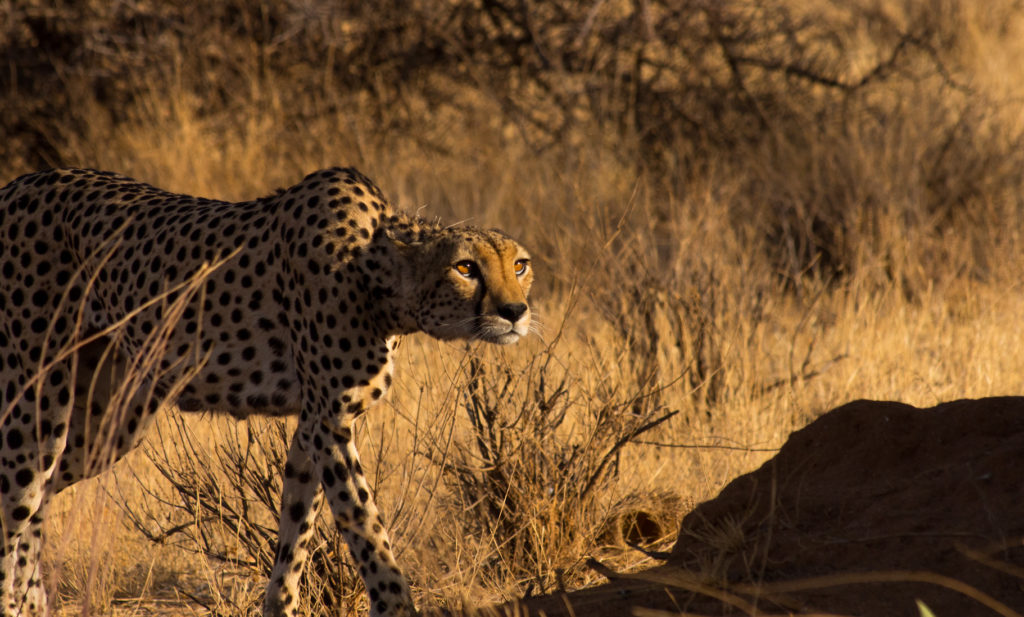
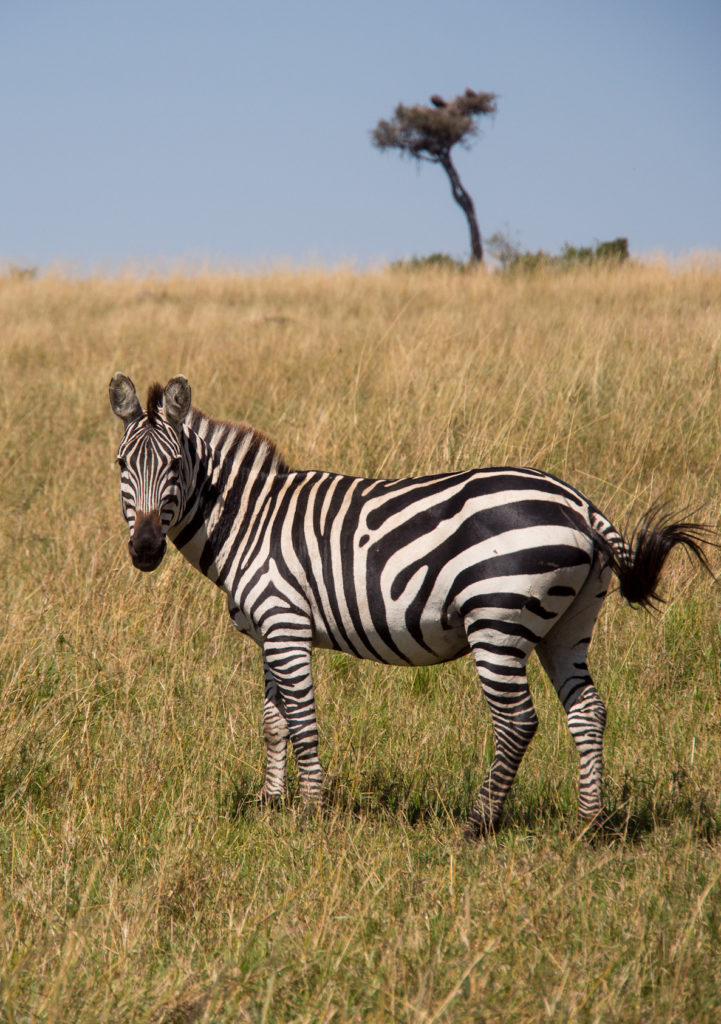 I usually don’t “spray and pray” but on a few occasions (shooting wildlife in Kenya or boys jumping off a pier, for example) it really helped to have that fast motor drive to capture the right moment. The near silent shutter helped me stay inconspicuous in those moments. I didn’t find the small camera size to be an issue in terms of handling, and never once had it slip out of my hand. Perhaps the right front grip area could jut out a bit more for a more firm grasp, but otherwise, I was pleased with the design. The customization of the camera is another huge positive. Before leaving for the trip, I was able to configure all the buttons to my specifications which made for a much more pleasant shooting experience.
I usually don’t “spray and pray” but on a few occasions (shooting wildlife in Kenya or boys jumping off a pier, for example) it really helped to have that fast motor drive to capture the right moment. The near silent shutter helped me stay inconspicuous in those moments. I didn’t find the small camera size to be an issue in terms of handling, and never once had it slip out of my hand. Perhaps the right front grip area could jut out a bit more for a more firm grasp, but otherwise, I was pleased with the design. The customization of the camera is another huge positive. Before leaving for the trip, I was able to configure all the buttons to my specifications which made for a much more pleasant shooting experience.
I’d highly recommend the Olympus OM-D E-M5 to any travel or street photographer that craves a low profile camera that works quickly and produces great image quality. I know my back is grateful that I no longer lug around a larger DSLR, and I don’t think the images I shoot suffer at all for the smaller sensor size. Now I just need a weather sealed lens so I can go out in the rain and shoot!
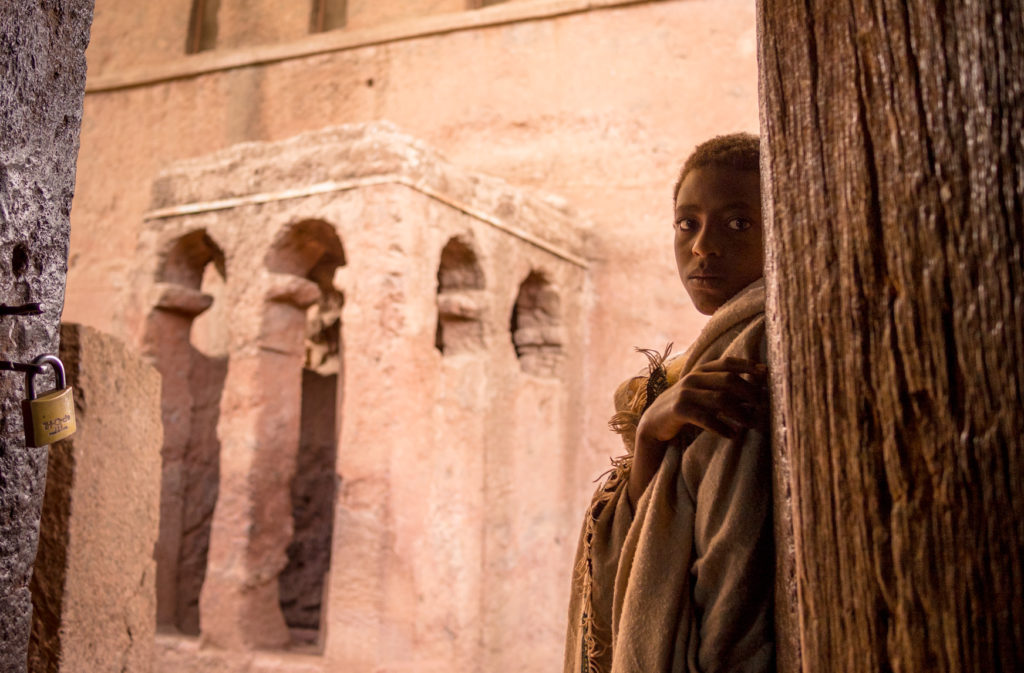
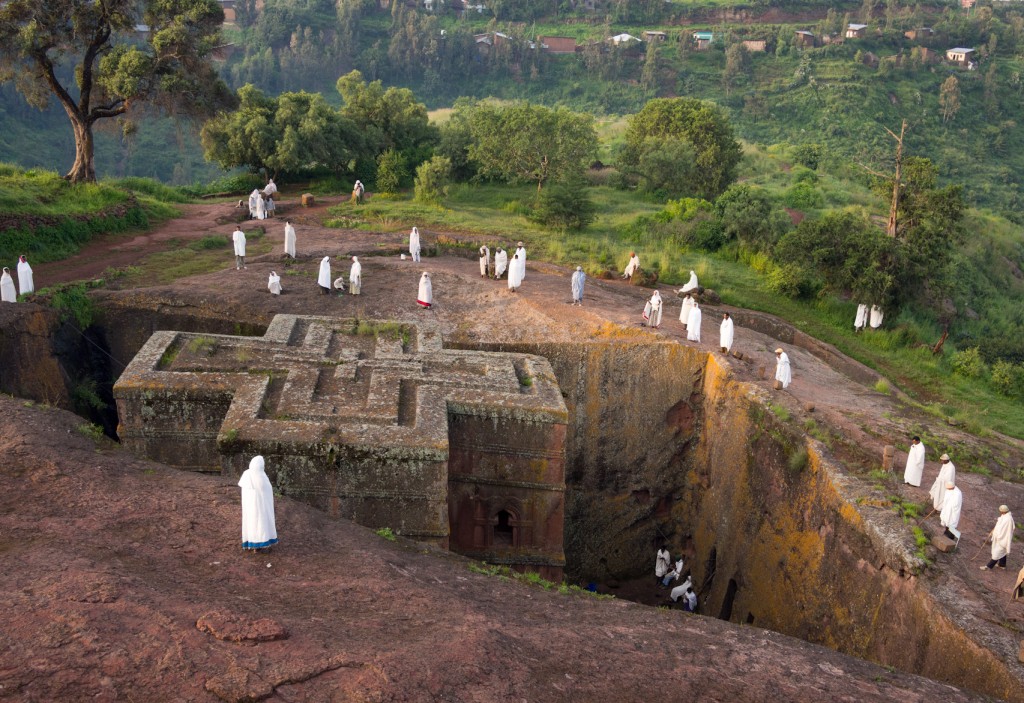
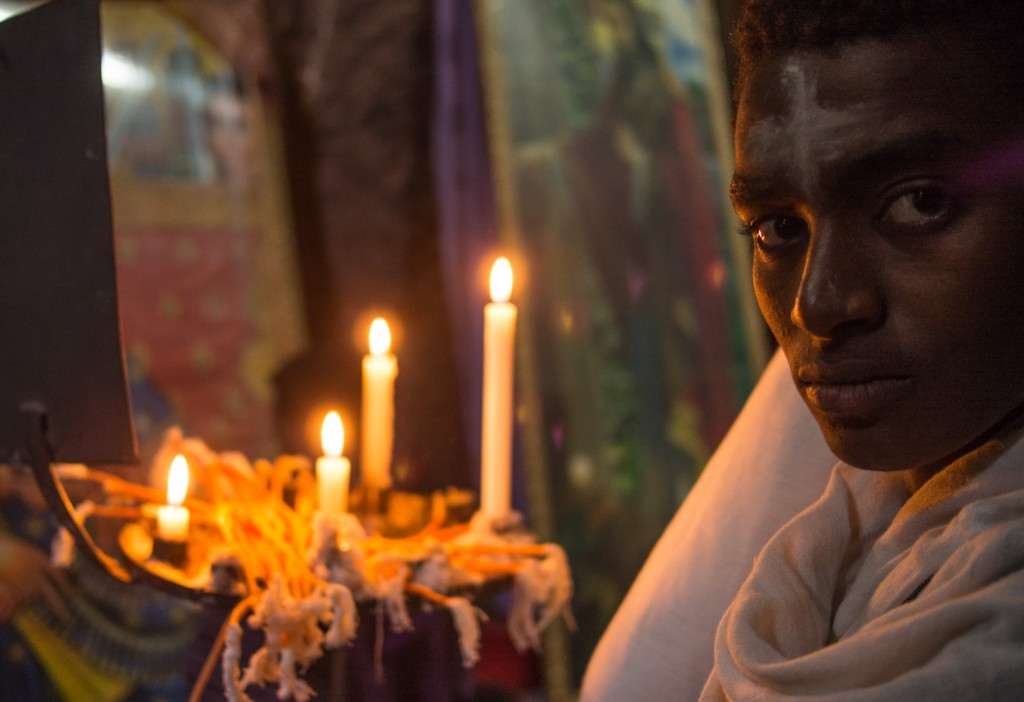
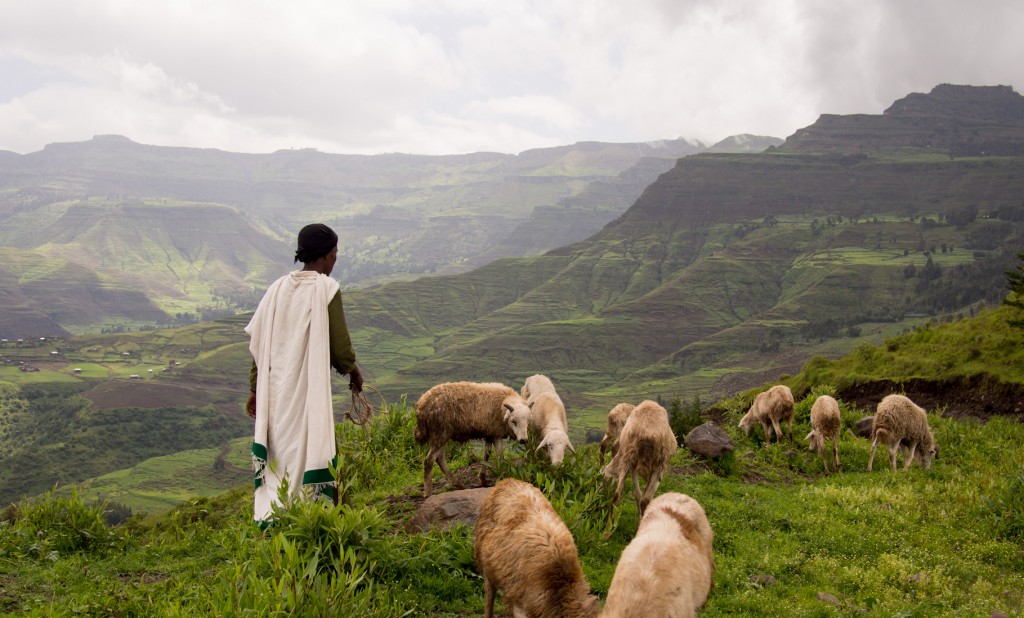
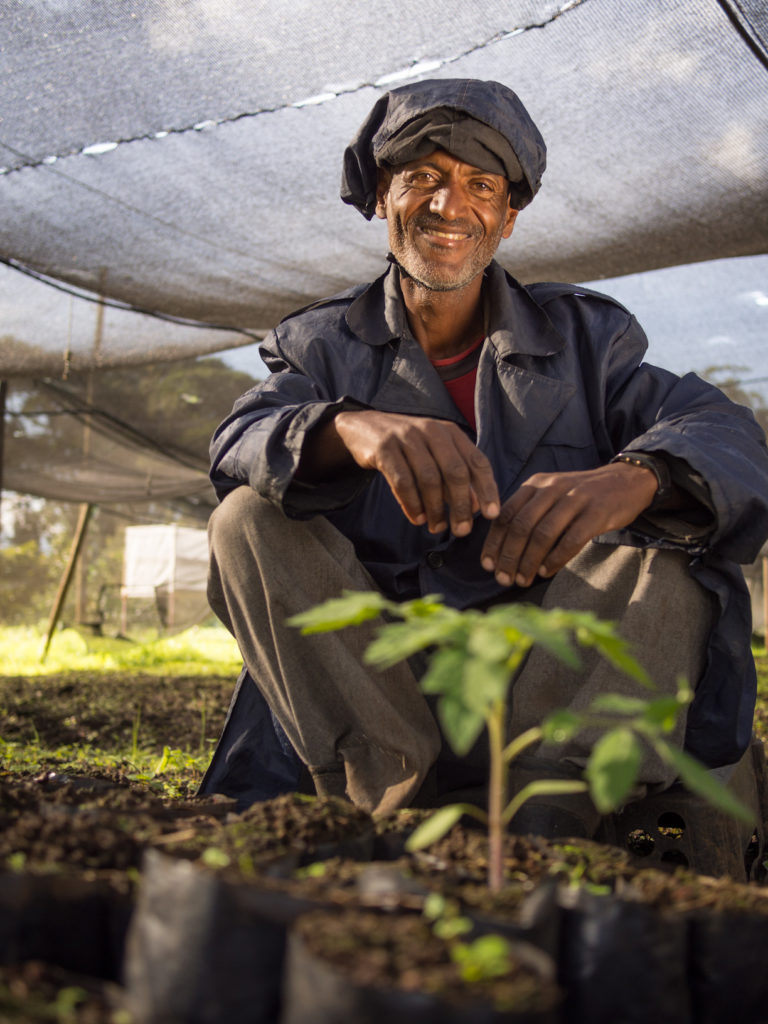
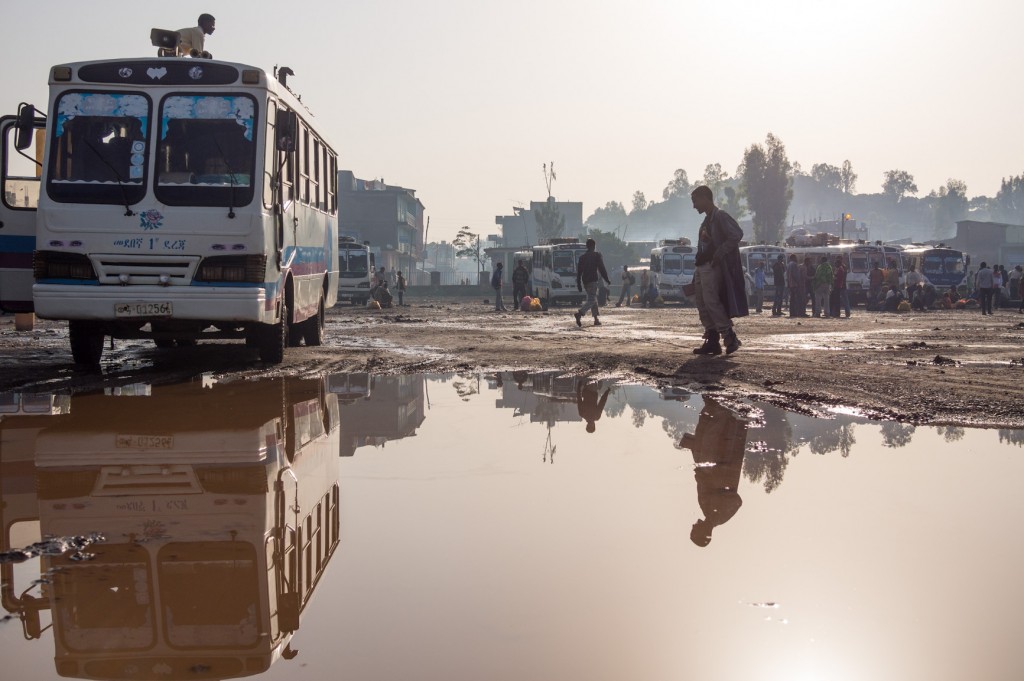
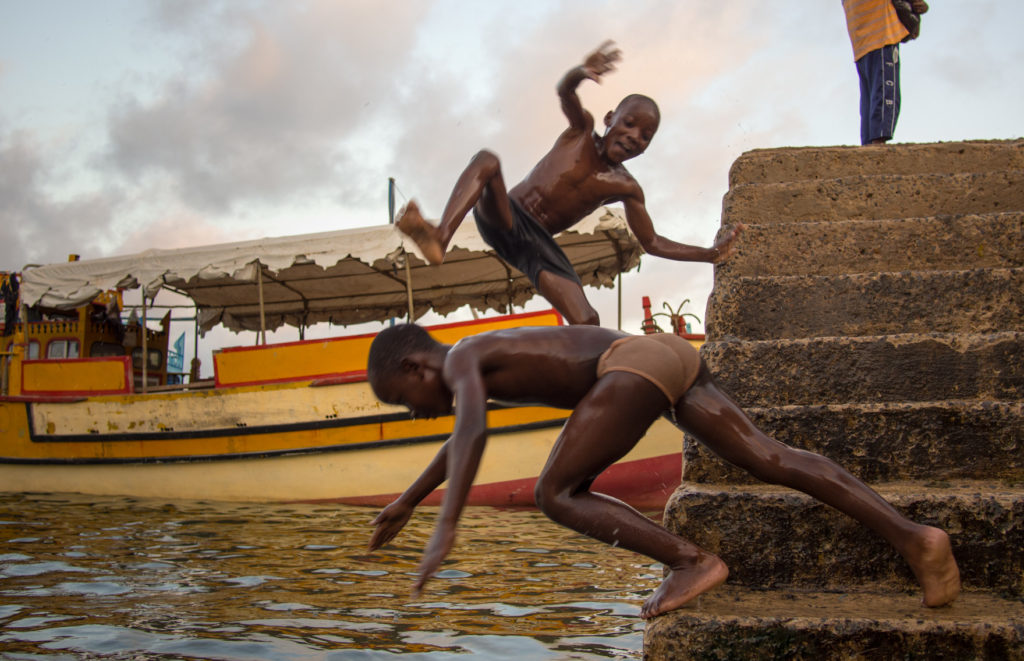
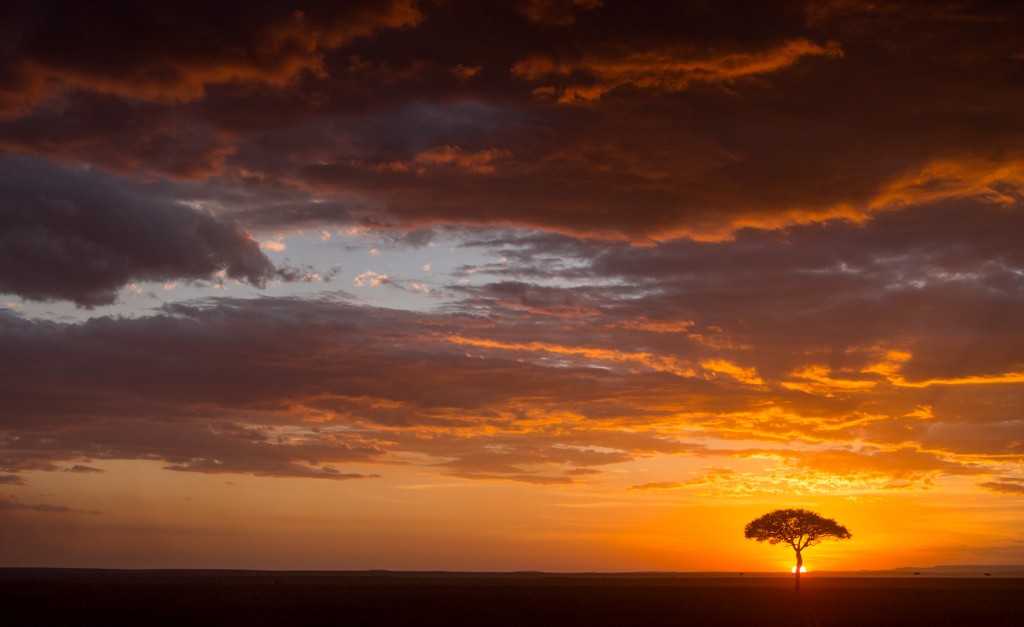
Beautiful pictures.Congratulation!
A very helpful blog. I am travelling in the same way, sometimes with motorbike and bicyle and like to take pictures in a similar way. So size weight and unobtrusiveness of equipment matter!
Ahead of a backpacking trip to Africa, I now had/have to make up my decision to by a FF Nikon D 600 body or a EM 5. My choice has fallen on the latter option but I havn’t bought it yet. So your blog was a sort of a reconfirmation of my decision. Thanks!
Thank you! Glad my experience could be helpful to you. I decided I just couldn’t take carrying around heavy cameras and lenses any longer. I enjoy my travels and photography much more now. And with the OM-D you don’t have to sacrifice much. Good luck on your trip!
Thank you for your article, and I have to admit your images are stunning in colors and style.
I would love to find an article about how you process the raws in lightroom, since I myself have a OMD-EM5 with the Pany 20mm.
BTW I own the 12-50mm weather sealed lense, I do not recommend it.
It’s not bad, but :
1/ Truly not fast enough (6.3 at 50mm, urghhhh)
2/ Not long enough.
Otherwise it’s ok sharp, very super fast in AF, and usefull for videos (motor inside).
For travelling photographers I believe the 12-35mm 2.8+ 35-100mm 2.8 + 100-300mm 3.5-5.6 is a good pack. Or 7-14mm + 20mm + 35-100mm.
For street, the 20mm + 75mm is a good match IMO.
Thanks for the compliments! I actually only started using Lightroom a few months ago. Prior to that I was using Photoshop, which feels like the stone age after discovering Lightroom. So my process is pretty basic right now, as I haven’t gone in depth to learning the application. But generally I’ll tweak the color temp a bit first, crop the image to my liking, and then usually I’ll hit the “auto” button and see what happens. Sometimes it works really well, and I’ll just tweak the highlights, shadows, contrast and saturation a bit. Other times the auto function is way off and I’ll just do it all myself. Beyond that, I’ll remove CA and fringing if I notice any, occasionally just up the sharpness a bit, and then I’ll go in with the spot brush and add clarity (+20 or so) to various spots of the photograph that I want to draw more attention to. In general though, I’ve been amazed with RAWs from the OM-D in which the sky looks completely lost, or the shadows completely crushed, and yet I can bring back nearly all the detail in both. I’ve been thinking about getting either the 45mm or 12mm Oly lenses, as I rarely find that I need something as long as 75mm. More often than not, I wish I had a wider angle, so 12mm is probably next. The 12-35 Pany would be great for video though.
Great photos and review. Thank you
Thank you very much!
Loved this. I always enjoy ‘real world’ reviews of gear. Fantastic series of images!
I borrowed the OM-D from a buddy for a bit and it really spoke to me. My previous experience with MFT was a GF1 and 20 1.7. A fantastic combo and gave me a taste of the small cam big quality thing. The OM-D raises that in a big way. Most of my time was with the 12-50 which really wasn’t my style, though it was nice. The 45 1.8… now that is a lens 🙂
I did have some time with the 12mm and the 12-35 Panny when I returned it. We hit a local park as he had just gotten the lenses and wanted to test them. Both are amazing but the 12-35 panny has some magic there I think 🙂 Also got some time with the 75 1.8 which rocks.
I did have an issue with AF though. Not that it isn’t speedy, but I found the AF point too large… and going with a smaller point was difficult to get to and wasn’t retained once you powered up the cam again. Being so large I found that it would grab the wrong object once in a while. Did you have any issues there?
Thank you!
I did actually have the same AF issue as you occasionally. But I never for the life of me could figure out how to make the point smaller – how do you? It is a bit annoying, but I didn’t find that it was a problem the vast majority of the time.
Great article and very vice shots. Did you use 100-300 for wildlife?i like that lens forthe price. do you like 14-140? I have 14-140,great range but not good image quality . I have avoided using it after an important trip with louse photos .
Thanks!
I have a Minolta APO 100-300 that I used on many of the wildlife photos in Kenya. It’s a pretty decent lens, but because I have to use a dumb adapter for it, it has no auto focus ability which can be a huge challenge when shooting wildlife! The 14-140 is pretty good. I agree it has a great range, but is not the sharpest lens ever.
Hi there,
I am currently processing my Kenya wildlife photos and was interested what lens you used for the Cheetah?
Cheetah was a Minolta APO 100-300 lens.
Beautiful pictures and very useful blog! Just curious: do you also shoot video extensively and if so, how satisfied are you with your EM-5?
Cheers
Andrea
Thank you! I shoot video for a living (documentary film) but we use a Panasonic AF100 and GH1. I shot a couple quick clips on the EM-5, but I can’t say I know anything about it’s video ability really. Only nice thing I noticed was having the IBIS for video.
Thank You for great review!
I love to watch your pictures a lot.
Could you tell me which lens did You use on that trip photos?
Best regards!
Nearly all the pictures are on the Panasonic 20mm pancake, a few on a Panasonic 14-140, and then some on a Minolta APO 100-300 zoom.
Truly amazing pictures and very nice article/review! Really makes me feel good about my E-M5 order. Makes me want to go and pack my backpack right away (I’ll have to wait for my E-M5 to arrive first…).
Until then I have a Panasonic G1 and really long for some more dynamic range and useful ISO-range. I ordered it with the 12-50 (for rainy days and video and it’s basically for free in the kit with the battery grip) but I’ll probably mostly use the Panasonic 14-45 as it really is astonishing for it’s size an price. I also have the Pana 45-200 that is OK but won’t match the E-M5’s resolution (doesn’t even match the G1 in the long end). My latest “toy” and love, the Oly 45mm, will though (replaced an adapted Canon FD 50mm 1.4). I also have a wonderful, adapted manual Tokina (nicknamed “Bokina”) 90mm f/2.5 macro that I’m eager to put on the OM-D (although I must say I’m a bit tempted by the Oly 60mm macro since 90 mm can be a bit hard to work with at times and AF could be nice…).
Next on my list would probably be the Pana 20mm but I’m a bit worried about the focus speed on the E-M5. What would you say about it? Is it an issue or is it only annoying if you compare it to the fastest lenses? The upcoming Oly 17mm 1.8 will probably be too expensive and I’d love the pancake form factor for pocketability. And then there’s the wide angle lenses and the 75mm…
Well, well, so many lenses and “needs” and so little money and time. 😉
Thank you! I too am a lens addict, luckily reigned in by my better half. The AF on the 20mm seems fine to me. I can’t say I’ve used faster lenses, so I can’t really compare. For street/travel photography I found it to be good.
Thanks, sounds reassuring. I’ve read that the 20 can hunt a lot and that it’s by far the slowest focusing m43 lens and judging from what I’ve seen on YouTube I’d say that the fastest (newest) lenses are probably about three to five times faster. I don’t mind if it’s a bit slow as long as it doesn’t hunt though…
Probably won’t buy any lenses for a while though since the E-M5 will break my photo budget pretty bad (it’s actually almost non-existent right now but I don’t care ;-)).
I have been thinking of waiting for the rumored E-P5 with a range-finder style evf and the GH3 does look tempting although a bit on the big side (maybe not so much with the landscape grip on the OM-D?) – but life is to be lived now, isn’t it!? 😉
I can’t remember it hunting to a severe degree, maybe occasionally. But yes, get out there now and start shooting!
Good, and yes sir, I will!! 🙂
This is a very useful review, sensible words and loaded with inspirational photos ..
Thanks for sharing!
Thanks!
Pingback: A new user experience review on Olympus OM-D E-M5 - Micro Four Thirds Camera Blog
Great review! How have you found the nuances of shooting street photography in different cultures? I found Zanzibar was great but in Uganda it would have been a bit too disruptive with the locals. Do you get asked for money? And how to you handle it?
Thank you! I found Ethiopia to be one of the best places I’ve ever been for street photography. For the most part, the people did not care if their photo was taken. Also, nearly every person in the frame would be looking at the camera with this really deep, intense stare that made for some dramatic shots. I did get asked occasionally for money for photos, but my policy is not to pay. Usually if someone asks, I’ll stop shooting them right away, and kindly say no and walk away to find something else. Although, if they seemed like they weren’t really upset but instead just trying to make a buck, it was much better to deflect their request by showing them the photo I had just taken. This worked nearly 100% of the time to get their mind off the money. Many times it made them very happy as they likely had never seen a photo of themselves, or had never seen any photo that looked like the one I was showing them.
Hi Ben!
Any chance you might tell us how your buttons are setup on the OMD? I’ve set mine up to mimic my old Canon A-1 as closely as possible, but it doesn’t quite feel right just yet.
Also, what AF settings did you have for shots like the farmer with the plant in the foreground? Center-point; focus; compose; expose? Or all fields, compose, focus with eye-priority, expose?
Awesome pictures by the way and thanks for sharing!
Cheers,
Jonathan
Thank you! I left the camera at home today, so I’ll have to post the buttons layout tomorrow.
For AF, I have it set to S-AF with center point, as well as eye-priority. I focus with the center point, then recompose most of the time. But the one thing I still need to figure out is how to properly use the S-AF + MF. I have it set that way now, so if I touch the focus ring on the lens, it immediately switches to manual focus, as well as immediately zooming in for MF assistance. That in theory is a great tool, but as soon as I press the shutter it switches back to AF and picks a new focus point prior to the photo being taken. Any idea how to get it to stay in MF mode until after the shutter is pressed? Otherwise what is the point?
Okay, so you’re doing basically the same thing I’m doing. Maybe it’s just a question of practice. With the 1.0 firmware at least, I always thought eye priority was only shown but not taken into account for deciding what to focus on when a specific focus point was set. Maybe I wasn’t right about that or it changed somewhere on the way to the 1.5 firmware.
As for the S-AF+MF-thing, that seems to be kind of a tough one. The right thing for Olympus to do here might be to disable S-AF after the focus ring has been touched. As it stands, though, only two workarounds seem to be practical:
– keeping the shutter half-pressed while doing the manual focussing, then pressing it fully
– disabling focussing upon a half-pressed shutter completely and assigning one of the Fn buttons to focussing
Of course, both kind of suck. Personally, I don’t need manual focussing except for the old analog lenses where this is not a problem. What kind of situation are you wanting to use S-AF+MF?
You may be right about eye priority. I know I set it up for eye priority based on some blogs I had read, but I can’t remember off the top of my head if it actually focuses on that point or not.
I only really use the MF when the AF seems to have an issue grabbing the right focus point. It’s happened a few times in really difficult scenarios – like high contrast, lots of lines or patterns or if it’s too dark. Thanks for the tips though.
Tried eye priority again today while taking pictures of the audience at a conference. Indeed, with firmware 1.5 eye priority (and face priority itself) still seem to be in effect even when you’ve limited yourself to one focus rectangle (why can there be no simple, singular spot right in the middle of the viewfinder PLEASE – guess it has to do with contrast versus phase detect autofocusing). The big problem is that the algorithm seems to prefer the biggest/nearest (?) face it can detect, which is usually /not/ the one you intend to be your subject. So it’s pretty much useless for all serious work. Shame; back to center focus rectangle w/o face or eye detection at all.
Still curious as to how you’ve got your buttons set up Ben!
Yea, I think I’ll turn off face/eye detection. Can’t say it’s something I really use at all.
Buttons are like so:
Fn1 – toggles AF/MF
Fn2 – zoom in for MF assist
Video record button – ISO selection
Right arrow – WB selection
Down arrow – drive mode selection
Hope that is helpful!
Pingback: Tests appareils hybrides - La revue de tests du jour : Sony NEX-6, Panasonic GH3, Fuji X-E1,... -
Great Article and nice shots with the 20mm.
I agree that the 20mm with OM-D or any m4/3 camera is the best combo.
I had a 20mm and sold it for a 25mmf1.4. Didn’t like the size of 25mm and bought the 20mm again.
Thanks! I love the 20mm. Honestly I think next time I travel I’ll only take that one lens with me. It’s incredibly versatile. And I find that I’d rather have to get up close and personal with a subject that shoot with a longer focal length at a distance. Always makes for better pictures.
Hi. Very useful review thanks. I’m seriously looking at the OM-D & will be coming from a Nikon D300 background. A dodgy back means I need to cut down on the weight I carry. I have just picked up a used GH1 & 14-140mm at a very low price. My main issue with it is EVF blurring with subject movement, especially in lower light. The plan is to add the 20mm & decent flash.
My main query is over the EVF. How does it cope in lower light and with subject movement?
Thanks Simon! The EVF on the OMD is very good, and much better than the GH1 (which I also have). I don’t remember finding that it had any issues with low light and subject movement.
I was seeking this certain info for a long time. Thank you and best of luck.
Thank you for this very insightful real world review; it was a factor in me buying an EM-5 as my now only camera.
Thanks! Glad we could be helpful.
I am wondering if you have another site that you post your travel photos too as I enjoyed this set greatly. Excellent eye for capturing the subjects and light in an interesting and aesthetic way.
Hi Grant thanks so much! We don’t currently have another site dedicated to photography, but you can see most of the photos here on flickr.
I am currently looking to add another lighter camera to my Xpro 1 and X100s, the EM5 being a possibility up until I read your blog and saw the wonderful images you have kindly shared,along with your own experiences with the camera
Don’t get me wrong, I love the way that my fuji cameras have taught me to be more considerate in my composition, not to mention the stunning image quality, but I can see the endless possibilities to acquiring the wonderful 60mm macro lens and a couple of longer telephoto lenses to satisfy my joy in capturing wildlife.
The EM5 is no longer a possibility. It is a definite, especially at the current asking price of just under £500 !
Thanks and glad to be of help. We still use the original EM-5 to this day and it’s still a wonderful camera, especially if you can get a deal on it. The newer models are likely even better!